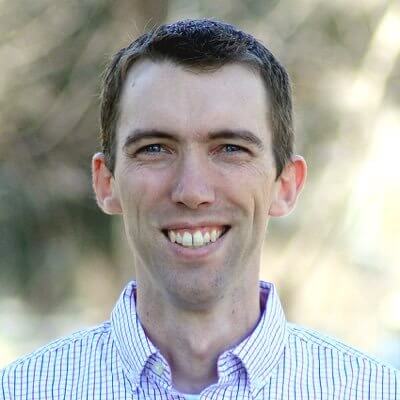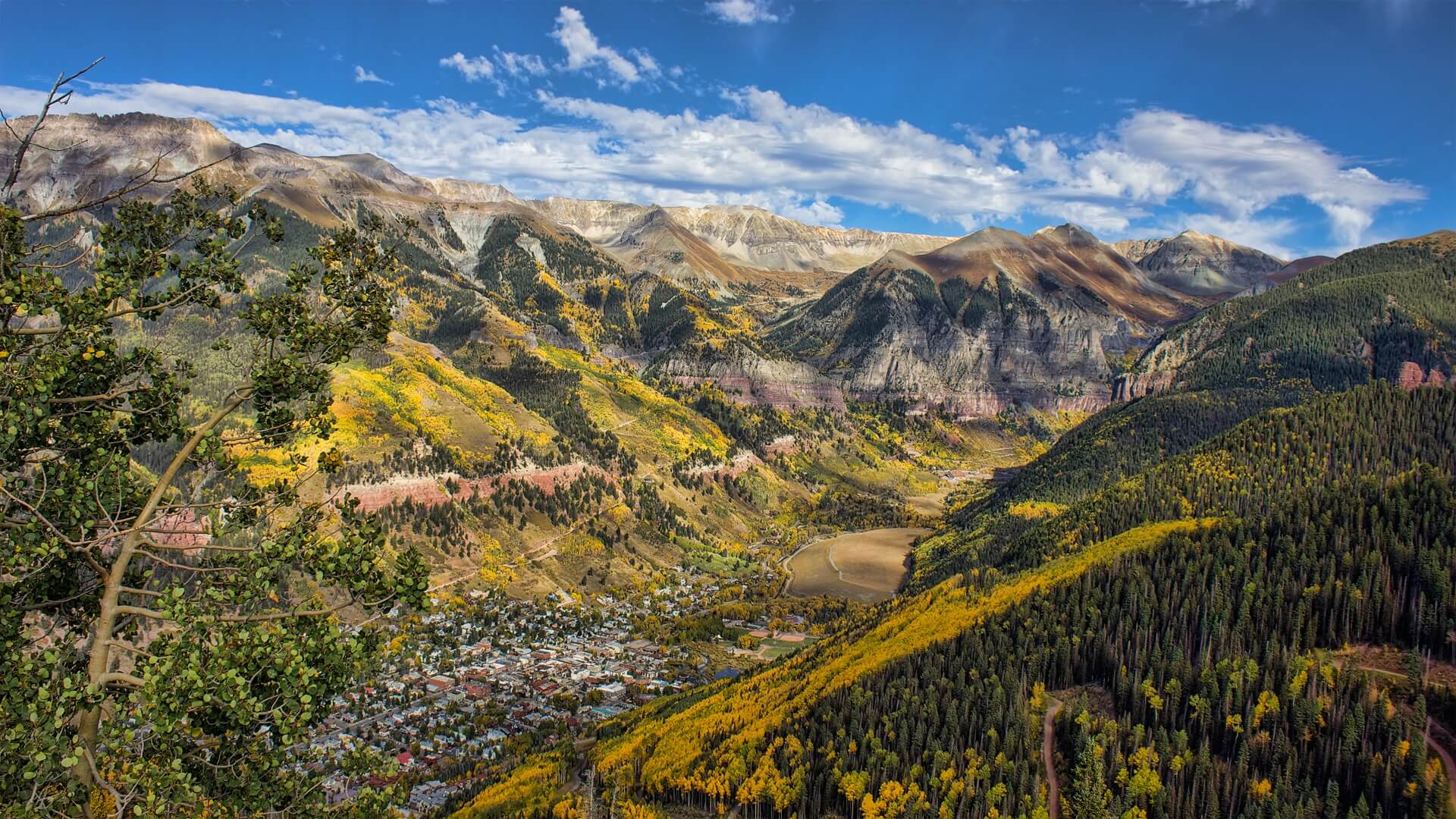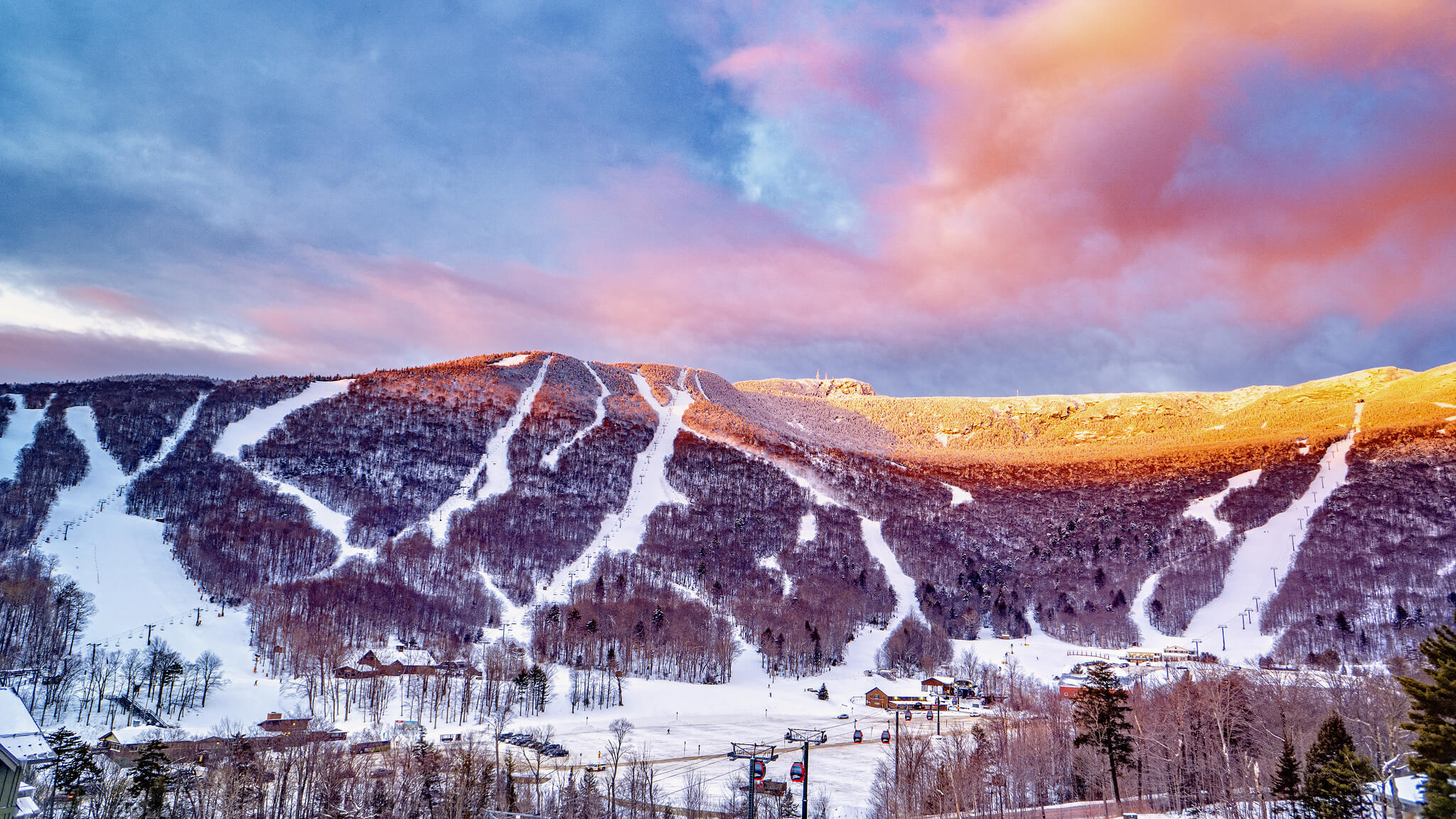Interviews
Prism is back as Archr with new products set to reinvent resort webcams…again.


BLANCHARD
It’s been almost a decade since I first met Brandon von Guenthner. He excitedly talked about his vision for capturing resort imagery, but it wasn’t until he sent me the first photos from a Prism camera that what he was building actually clicked: a DSLR-powered webcam backed by powerful software that could capture breathtaking, professional-quality images of a mountain automatically, 24/7. It was a big goal (some of the best views are also in the most inhospitable places after all), but he pushed through challenge after challenge to help resorts all over the world capture incredible views.
Despite success, he had some bad luck that derailed some of those plans. Then, earlier this year, I got a call from Brandon: the company and products weren’t just back, they were better. Way better.
–
Gregg: I’m super excited to dig in. There’s a lot to talk about, including a new name: Archr.
Brandon: There’s a ton to talk about. Over the past couple of years, a lot has changed behind the scenes. I took the company through a complete rebuild, new leadership, new products, and a sharper, more focused vision for the future. When we launched Prism Cam in 2013, it was a creative, experimental brand. But with the reset came refinement and a relentless focus on building revolutionary products. We needed a name that reflected who we are now.
Archr is about direction. It’s about focus. It’s the idea of being present on a mountain, a hotel balcony, or a sandy beach and watching something beautiful and real as it unfolds. We’re not just a webcam company. We’re building tools that help resorts and destinations tell living, breathing stories that inspire people to show up.
Gregg: There is a lot of product stuff we’ll cover, but let’s start high level. What is the idea or goal that ties all of these new products together?
Brandon: At the highest level, our mission is simple: to be the one of the worlds most trusted sources for visual storytelling. Connecting people to places through authentic, time-based content that builds trust, inspires travel, and sparks action.Stories rooted in time, place, and truth.

Every product we build is designed to capture real moments, in real environments, and deliver them in ways that move people whether that means planning a trip, sharing a memory, or just taking a moment to experience somewhere beautiful.
Gregg: I notice you’re using the wold “real” a lot there…
Brandon: Exactly, in a world flooded with AI-generated content, filters, staged perfection and small sensored webcams, we believe the most powerful marketing is what’s real. Our systems make that possible: autonomously, reliably, beautifully.
And the only thing better than seeing that moment through one of our cameras is being there in person.
That’s the point.
Gregg: Let’s start with what folks are familiar with. Is there anything in the new line-up that’s similar to what they may have used during the Prism era?
Brandon: Foundationally, our approach hasn’t changed, we still don’t release anything unless it meets our own high bar for quality. And honestly, that bar keeps getting pushed, mostly by my own obsession. Our still photography and timelapse product remains a core part of what we do. Since the rebrand, we’ve rebuilt the entire system from the ground up – every component, every workflow – and took the time to test and retest until we got it right.
Over the past four years, our cameras have delivered consistently reliable performance, and I’m really proud of that. You can have the best-looking product in the world, but if it’s not reliable, it’s not a real product. I’ve learned that the hard way and it’s a mistake I do everything in my power to avoid. If that means a product takes a year to reach the market, then it takes a year. That’s just how we operate.
Gregg: How does that translate to the products and images folks are familiar with?
Brandon: From a quality standpoint, even our base-level camera is miles ahead of anything people might remember from the Prism days. This year, we introduced two higher-end versions of our still camera, most recently, the new Archr PREMIUM, which I installed in Vail, Colorado, capturing a view I’ve dreamed of for years.
It just took alignment with the right visionary client to finally pull it off. The imagery it’s producing is beyond anything I imagined, truly art-gallery worthy. It blows my mind daily.

Gregg: I’ve seen those photos and, having spent a few years of my life in the Vail Valley, I was extremely excited about those. What are the specs on that camera and what is it capable of that previous models weren’t?
Brandon: It’s so rad to hear you say that. Sometimes I forget I’m not the only one who gets genuinely fired up about the chance to witness these kinds of moments.
But, actually, can I back up a little first?
Gregg: Absolutely.
Brandon: So, earlier this year, we launched Archr PRO for Visit Lake Tahoe, one of our very first clients. Building that camera pushed us in all the right ways, it was a turning point. These larger sensors are no joke: they’re expensive, they generate heat, and the files they produce are massive. When you scale up a camera’s sensor, you’re not just improving image quality, you’re increasing its sensitivity to everything. And that creates a domino effect. Suddenly, every part of the system has to evolve, and our workflow has to get way more dynamic not just based on general times of day, but for every single photo we take.

At the time, I really thought we’d hit the ceiling. Like, this is it. This is as far as we can push dynamic range and image quality. But then, like always, we started tinkering. Obsessing. Everything we learned from PRO gave us the confidence to go even further, literally doubling the resolution of the highest quality camera we had ever built.
Enter Archr PREMIUM.
Gregg: What were you aiming for with PREMIUM that PRO couldn’t do?
Brandon: This camera serves two main purposes:
- For brands that want to align with the most iconic views on Earth, and
- For locations with a single, epic vantage point where we can create multiple compositions/cameras from just one install.
The PREMIUM shoots at 61 megapixels. And the sensor? Imagine comparing a pin hole to a floor-to-ceiling window, that’s the difference between a typical webcam sensor and what we’re working with now. It’s not even in the same category anymore and we are just getting started with it.
Gregg: That’s wild to think about. I know hardware is just one piece, what’s had to change on the software side?
Brandon: Over the past few years, and especially recently, we’ve pushed the hardware as far as current technology allows.
Software, on the other hand, is a living, breathing pursuit. It’s where the human touch, creative problem-solving, and constant refinement allow us to do something remarkable: automate the connection between people and once-in-a-lifetime moments. That’s the shift we’re focused on right now, moving from reactive to proactive content marketing.
Gregg; Break that down for me a little bit. What do you mean by reactive versus proactive?
Brandon: Reactive is what most people expect: a webcam showing live conditions, relatively unchanged throughout the day. Proactive is something else entirely. It’s about capturing unscripted brilliance, a rainbow bursting through fog, a moonrise casting silver light across a valley, a storm sweeping in and transforming the landscape in minutes and delivering that moment in real time to someone who wasn’t expecting it.

Gregg: I dig that. You mentioned some other changes you made from the software side, especially with hosting?
Brandon: Over the last couple of years, I’ve had a few realizations that have reshaped how I think about our product and the category we’re helping to define. One of the big ones was simple but important:
Why are resorts still paying to host live streaming webcams when YouTube does it for free?
Many destinations have already figured this out. So I started asking: What if we leaned into that reality instead of resisting it?
Gregg: What does that “leaning” look like at a nuts and bolts level?
Brandon: We set out to reimagine the YouTube experience, make it feel less…YouTubey. Cleaner. More elevated. More aligned with each brand’s identity. And all while still playing by YouTube’s rules. The goal was to create a more beautiful, intentional webcam experience something that felt both user-friendly for the viewer and fully on-brand for the client.
The first step? We made the product completely free for all of our existing clients. No strings attached.
Then it clicked: We could do this for every webcam in the world.
Gregg: Whoa, so the software side can work with other webcam setups?
Brandon: Yep, we added a few thoughtful premium features to support ongoing development and help grow the platform. It’s a win-win.
Then, if a resort has a view and a brand worth showcasing, they can layer in one of our high-end camera systems; still + time lapse and/or streaming + time lapse, and instantly level up their content, storytelling, and real-time connection with their audience.
Gregg: I know there’s more, what else is coming?
Brandon: One thing I’m truly excited about is the launch of Archr CINEMA, our first-ever streaming camera. For over a decade, we held off on building a streaming product because the quality just wasn’t there. Most webcams that claim “4K” or “HD” are only talking about pixel count, not actual image quality. They’re built around tiny, inexpensive sensors that simply can’t capture enough light or detail to produce a quality image. We knew we had to take a different approach.
With a sensor 15x larger than typical webcams, Archr CINEMA delivers cinematic live footage, rich timelapses, and high-res stills all from a single system. While it doesn’t quite match the image quality of our flagship still cameras, it sets a new benchmark in the streaming space.
Gregg: I could talk about this all day, but any final words before we wrap up?
Brandon: If you’ve worked with Prism in the past or even had mixed feelings about the approach, I’d genuinely love the opportunity to reintroduce what we’re building. Archr is a fresh start: new team, new tech, and a renewed commitment to delivering uncompromising quality. And to the partners who stayed with us through some of our growing pains, thank you. You’ve helped shape this next chapter, and we’re building it with you in mind.
Oh and check out our brand new site – just launched yesterday: getarchr.com. There is a surprise new product launch. It’s a brand new spin on things, see if you can find it.
About Gregg & SlopeFillers
I've had more first-time visitors lately, so adding a quick "about" section. I started SlopeFillers in 2010
with the simple goal of sharing great resort marketing strategies. Today I run marketing for resort ecommerce and CRM provider
Inntopia,
my home mountain is the lovely Nordic Valley,
and my favorite marketing campaign remains the Ski Utah TV show that sold me on skiing as a kid in the 90s.
Get the weekly digest.
New stories, ideas, and jobs delivered to your inbox every Friday morning.
